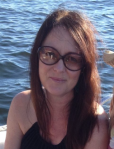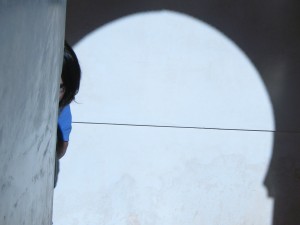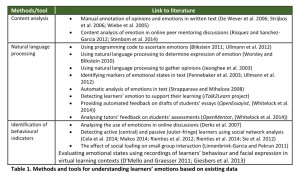It seems an age since I heard James Dalziel talk about personalised learning environments. It was. 2003.
There have been so many inspirational visitors to NZ – Laurilliard, Levine, Conole, Lambert, Downes, Barrett, Anderson……..
Most inspired some activity as did the many conference speakers. There’s been storytelling, augmented reality, m-learning, constructivism, video, audio, MOOCs, learning objects (don’t get me started), Open Educational Resources, Open Educational Practices, repositories, gaming, kanohi ki kanohi concerns for Māori, e-mat for Pacific people, OTARA and the very excellent (:-)) eLearning Guidelines.

Image from elearning guidelines
The eLearning Guidelines were developed in 2005 under the Tertiary Education Commission and led by AUT University and Massey University. They are excellent for assisting staff to consider requirements in relation to developing courses. WelTec staff have applied them to Self Assessment for Learning Environments (SABLE) —a quality assurance document. While the guidelines are useful for individuals and tutorial staff they also have useful guidelines for institutions.
Terry Anderson’s work on presence has always interested me: you can’t learn if your emotions are not engaged and you can’t learn if emotions outside the classroom get in the way. This excellent blog post post goes into more depth.
Wenger and others also inspired me. Part of the philosophy of Access courses was to build a kind of community of practice, although I didn’t have the vocab then. Instead we looked towards concepts of tuakana teina (older sibling to younger sibling), and the ako – that learning and teaching are one and the same. As part of our practice we found ‘leaders’ or those who could teach others. We found that expertise lay within the group.
For me it’s a natural way to work and a natural way to develop staff capability. And yes, here is the video we made.
I shan’t be here long enough to complete one with the construction guys but they are working in the same inspiring way.
And that takes me to stories. You get emotion, reflection, epiphanies and humour as well as increased digital skills. Helen Barrett and Alan Levine told us this many, many years ago and they talked about how wonderful eportfolios could be. Good things just take time.
And before my cynicism shows let me remind myself of Bordieu and Bishop. Cultural capital and culture counts. And let me thank all those with whom I have worked—I have learned from each of you and I still treasure some of the multimedia we’ve developed (cheers Lisa and Jeremy) the web developers I’ve worked with (cheers Troy), the metadata I struggled with (hey Brent), the Moodle, CDX and Mahara skills I’ve developed (Ivy and everyone) the automotive tutors and the work we’ve all done to make learning and teaching, well, just different and perhaps better. All the people who supported me.

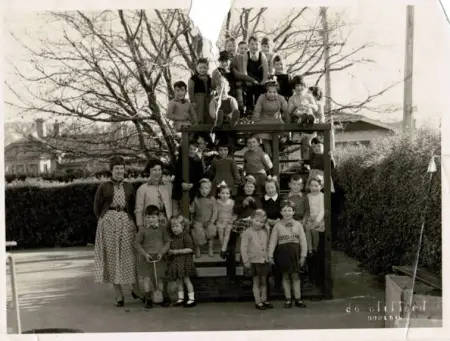 Drawing and dancing were my favourite activities at ‘kindy’.
Drawing and dancing were my favourite activities at ‘kindy’. It was here that, using Computer Assisted Learning I met computers in education. While I was using Mac Classics we did have access to computers designed specifically for polytechnics. The ‘floppy discs” were the size of old 78 rmp records.
It was here that, using Computer Assisted Learning I met computers in education. While I was using Mac Classics we did have access to computers designed specifically for polytechnics. The ‘floppy discs” were the size of old 78 rmp records.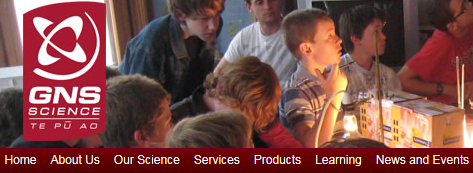
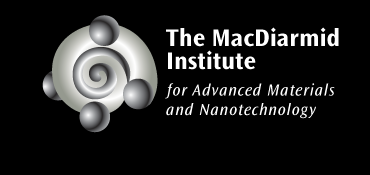 ormation we’ve seen. This fantastic one
ormation we’ve seen. This fantastic one 


